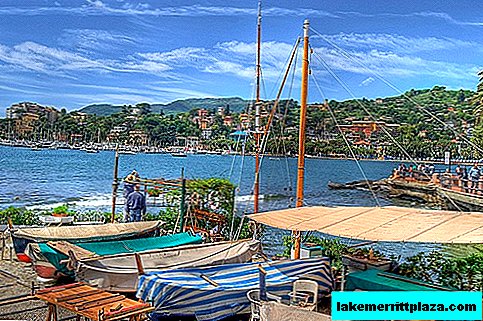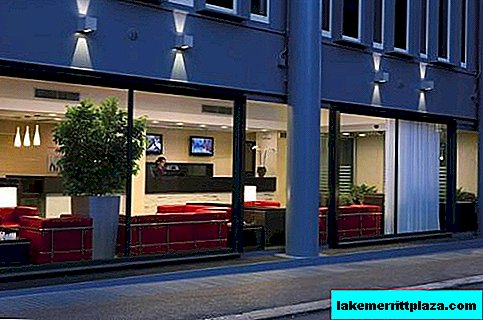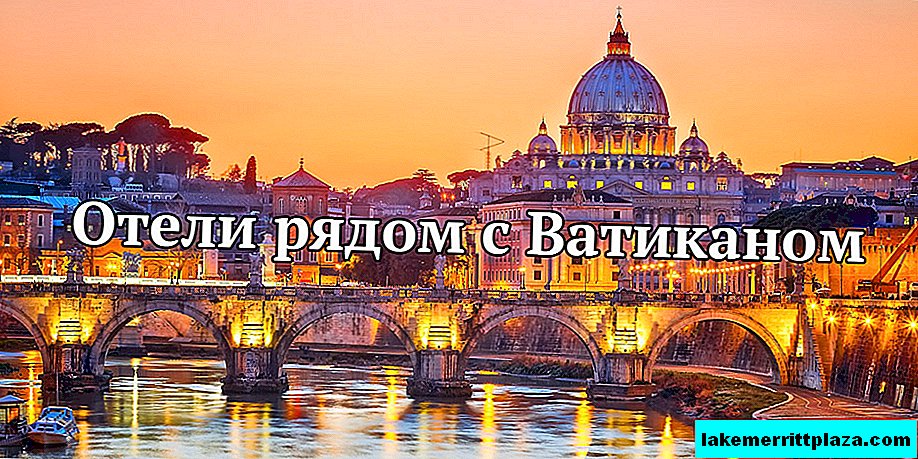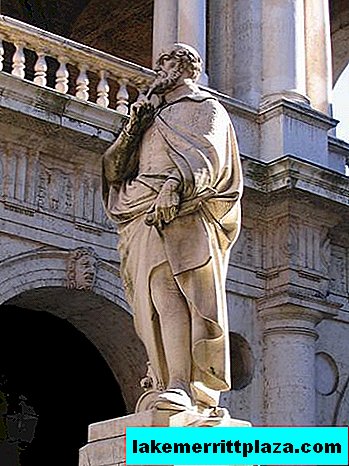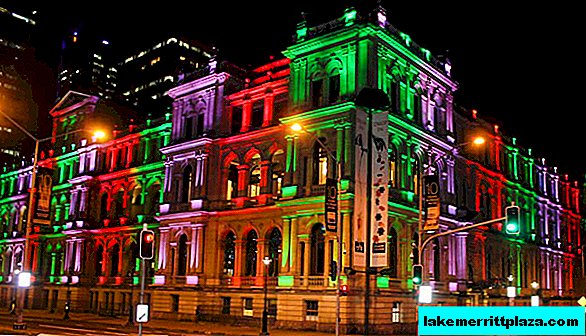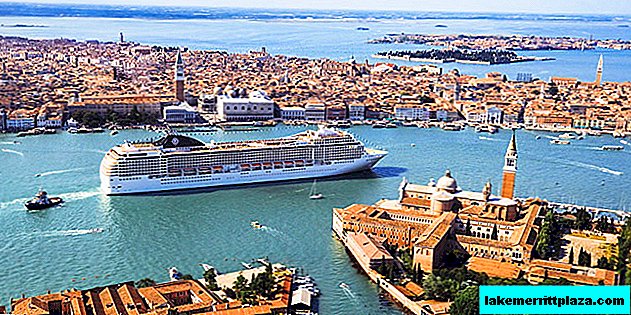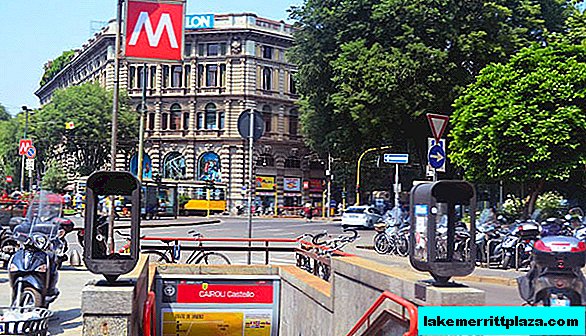Bisdorf is a modest palace, more like an abandoned estate. Compensates for its modest size tower with an observation deck. The palace park is pleasant for walks and reflections.
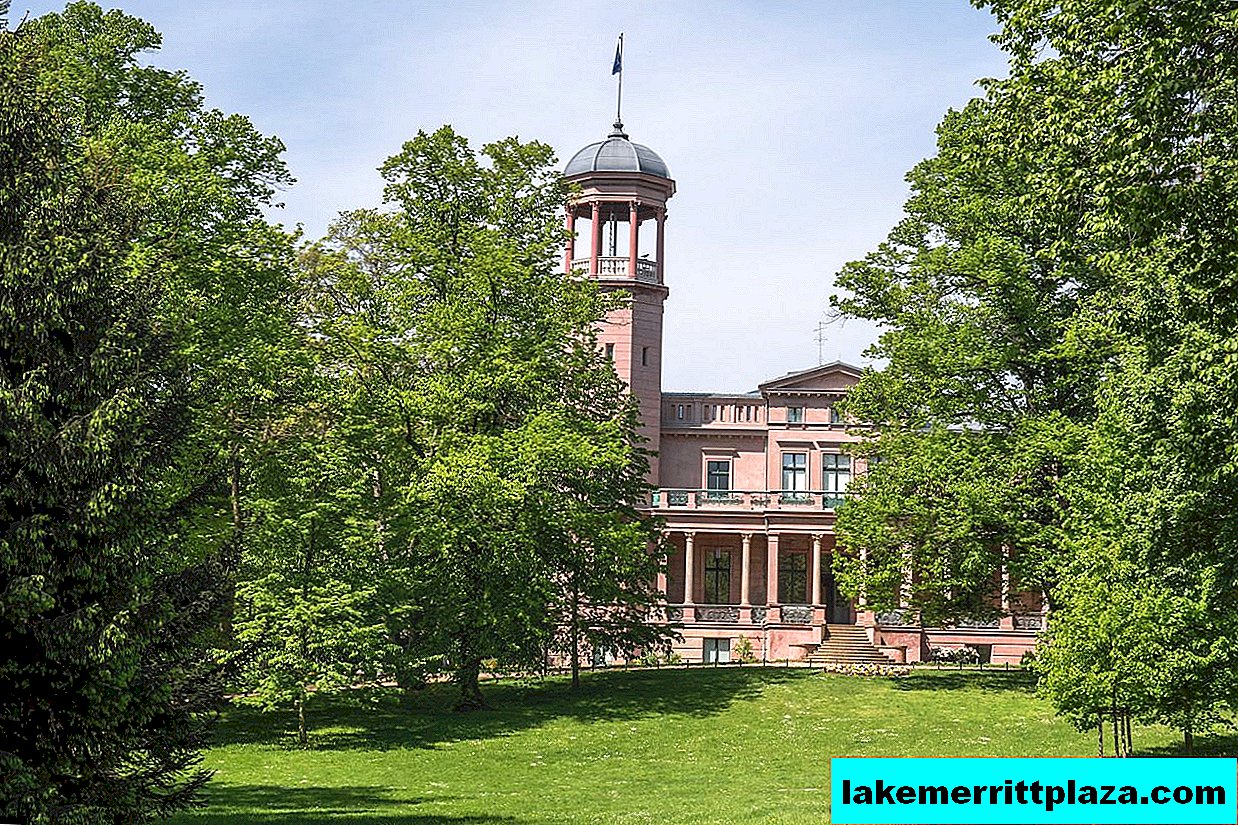
Bisdorf Palace (Schloss Biesdorf), photo riesebusch
Bisdorf Palace (Schloss Biesdorf) looks like an abandoned manor, and in fact it is so, despite the fact that it is recognized as a historical and cultural attraction of Berlin.
The fate of the palace
Bisdorf Palace was built in 1868 in the Italian Renaissance style, on the site of a former estate with the same name. Construction was led by architect Martin Gropius. The palace was built as a personal villa. Its owners changed several times. Among them was the family of Siemens founders, in the park there is a bust of Werner von Siemens.

Gallery, photo riesebusch
In 1927, Bisdorf became the property of the city and gradually began to deteriorate. During World War II, the upper floor was destroyed, and for a long time the palace remained just a lonely ruin on the outskirts.
Social and cultural center





In 1979, the building was taken under protection as an architectural monument, and in 1994 they found how to use it. Now the building is a socio-cultural center. The restoration of the palace was carried out with funds received from sponsors and from the European Union.
Near the palace there is a beautiful park on several levels, created by landscape architect Albert Brodersen - a great place for walking. The park has a summer scene Parkbühne Biesdorf, which organizes celebratory concerts, and in the palace exhibitions are held on themes of history and art.

Park, photo riesebusch
How to get there
From the Central Station, take the S5 train to Biesdorf Station.
How do I save on hotels?
Everything is very simple - look not only at the booking. I prefer the search engine RoomGuru. He is looking for discounts at the same time on Booking and on 70 other booking sites.
Discounted hotels here

